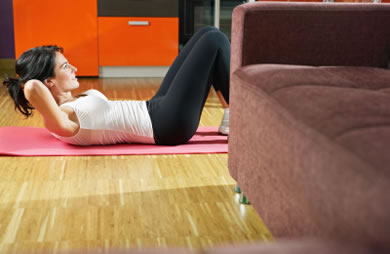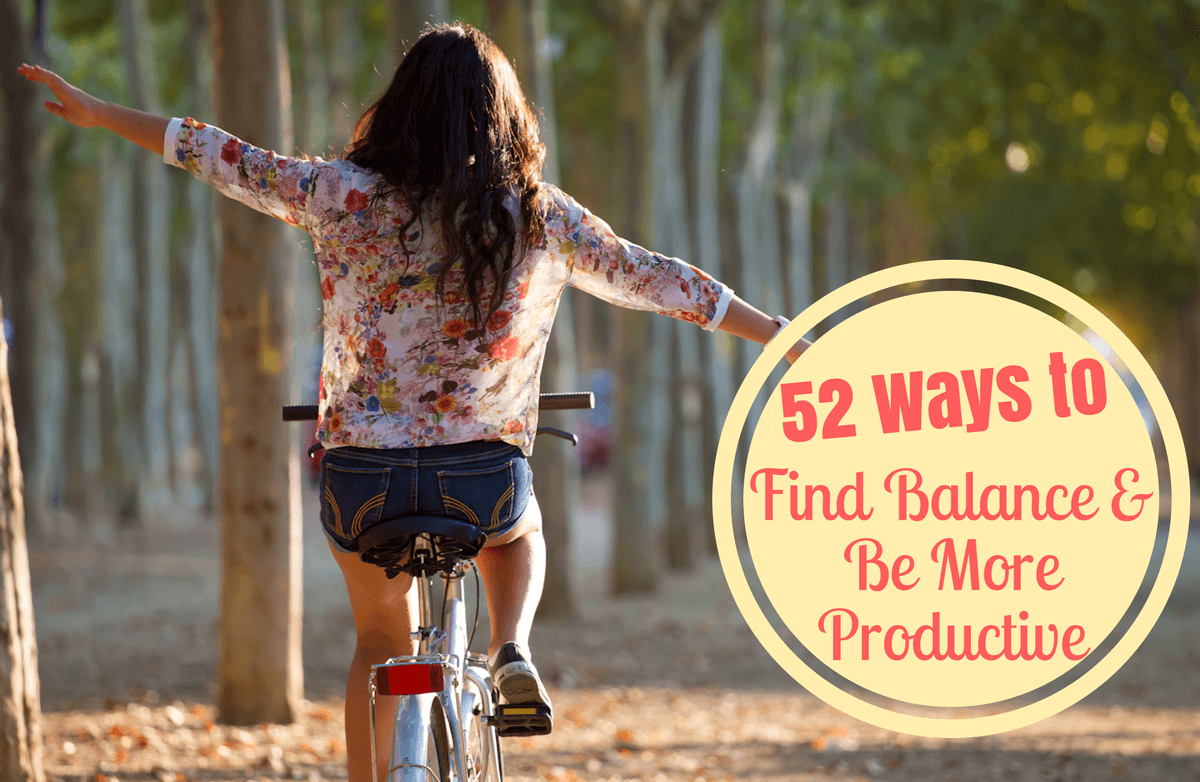|
Over the past 30-35 years there has been a huge revolution in the world of athletic footwear. There are literally hundreds of shoes on the market today for every sport one can think of. But, it is very important to wear the proper shoe for the activity you will be participating in so that your foot receives the proper support and stability. As a runner, I have had many people ask me over the years what shoes they should get if they want to start running. More times than not, it is not the answer they want to hear. Shoes are the only real equipment a runner needs, but unfortunately one that many people do not want to take the time to go get fitted for. I have been told, "but I am not really a runner yet, so why can't I just buy what you wear?" And my answer to them is, each of us has a different pronation, in other words how the foot rolls. If the ankles rolls toward the middle this is referred to as overpronation which is often seen in those with flat feet. If the ankles roll to the outside, this is called underpronation or supination. And if there is neither an inside or outside roll, this is commonly referred to as a neutral position or neutral pronation. Each of these situations require a different type shoe to offer the best support and stability while keeping injury risk low. This is why it is best to leave it to the personnel at your local running specialty store. They have been trained to analyze your pronation and gait, therefore, helping you determine the best shoe for you. And don't panic if they suggest you go up a half to a full size from your street shoe size. When running, the foot swells quite a bit and wearing a too tight or small shoe, can lead to blisters and potential injuries. Walkers on the other hand should not walk in running shoes, unless they plan to integrate running into their walking program. Nor should a runner run in a walking shoe. Walkers need a shoe that offers some flexibility and because the impact of walking is not as great as with running, a walking shoe does not need the cushioning that a running shoe has. Many times too much cushioning in a shoe can lead to shin pain. Most running specialty stores will also provide a fitting service for walkers, so if you are uncertain as to what shoe is best for you, don't hesitate to head over to there to get fitted. So what shoe should you wear if you don't run and you aren't a walker? Most people look at the cross trainer as their option. Because you aren't running, you do not need the cushioning as well as the raised heel of a running shoe. A running shoe does not allow for adequate lateral or side to side movement that one may do in a step aerobics class. Cross trainers also tend to be heavier than a running shoe which is why one should not buy these for running or walking, but they will provide your foot with stability and support for your gym workouts. Lastly, price does not guarantee the best shoe for you. Most people will spend between $60-$100 for shoes. These generally last most runners and walkers 6 months depending on the mileage you put on your shoes. Runners can generally get in 300-500 miles before they need to replace their shoes. So for $120-$200 a year that is a pretty good bargain if you ask me. Next week I will give you a few tips to make your athletic shoe shopping experience a better one for you. Do you believe that the shoe makes the athlete? How much would you be willing to spend for a shoe? Are you intimidated to go into a specialty running store? |
More From SparkPeople
|






.jpg)














